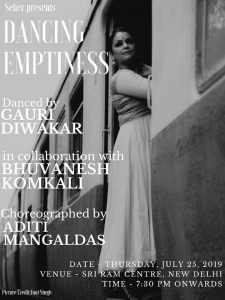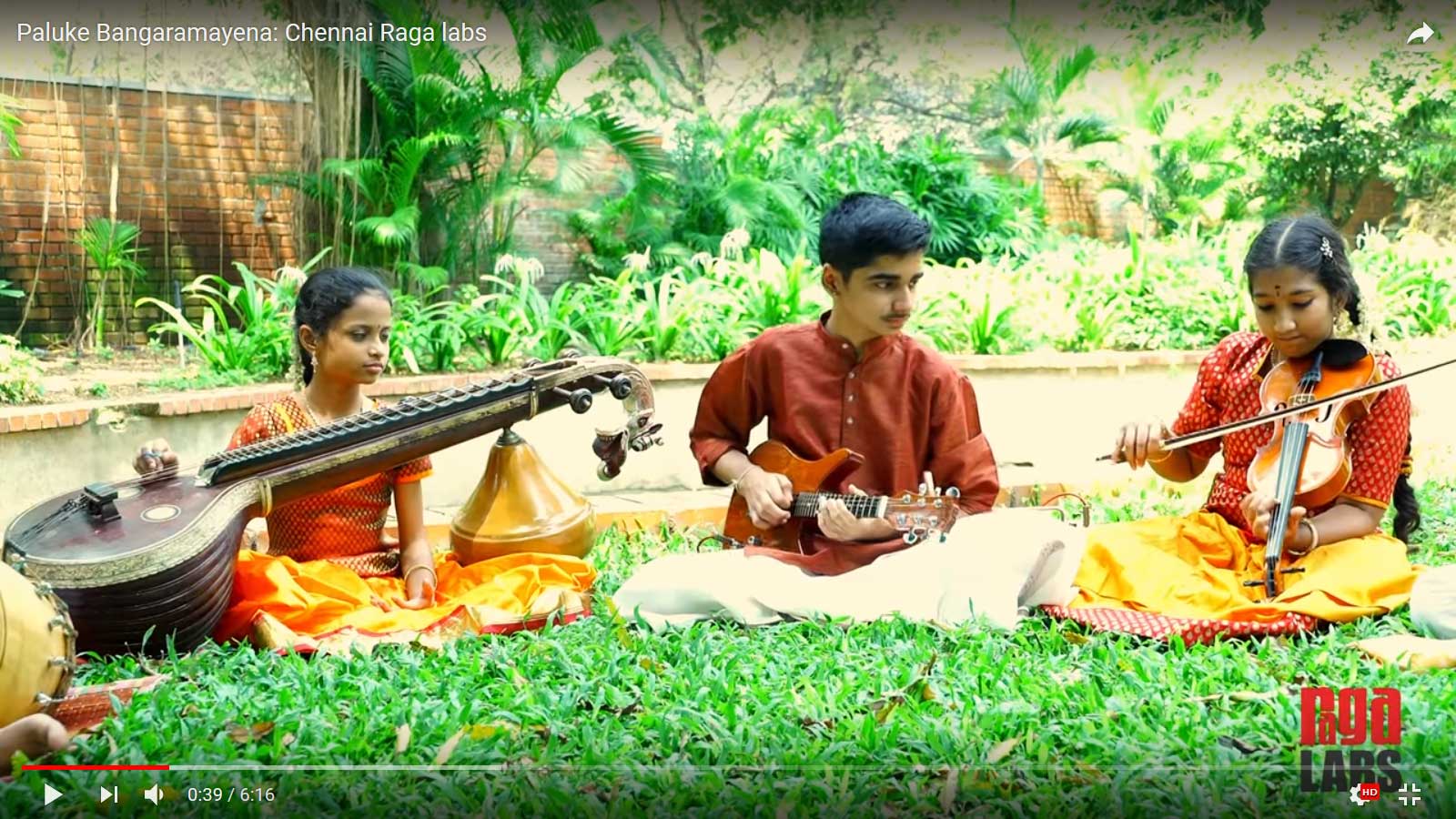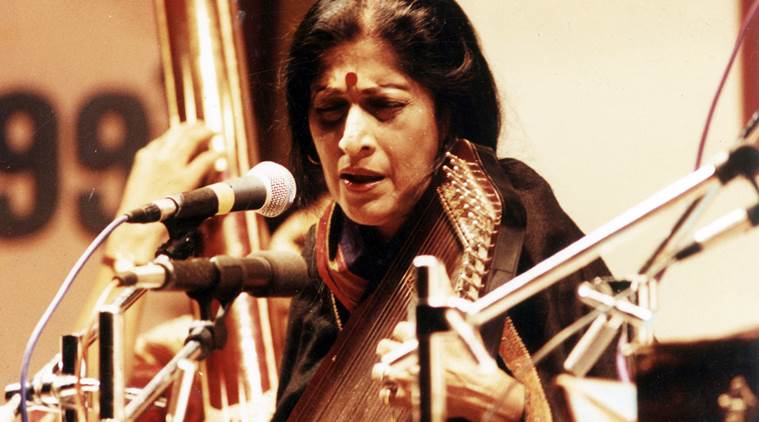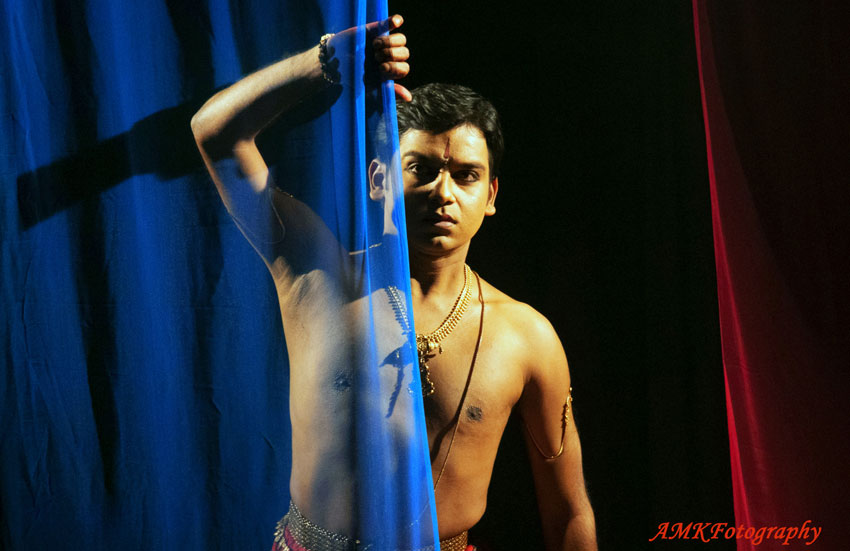As a poet negating orthodox religion with promises of Paradise to come with adherence to prescribed ritual, 15th-century poet Kabir, a weaver by profession, posed abrasive questions like if Govind is everywhere, where does one locate Hell?

Aiming to catch the ‘metaphysics’ of Kabir’s philosophy (a big task indeed) , “Dancing Emptiness’ visualized and choreographed by Kathak dancer Aditi Mangaldas is being presented by one she has mentored for some years now, Gauri Diwakar, with music collaboration by no less than the grandson of the great Pandit Kumar Gandharva, Bhuvanesh Komkali -who as vocalist is with the dancer on the same journey. Sponsored by Seher under Sanjeev Bhargav during the Goa Serendipity Festival, ‘Dancing Emptiness’ has had high profile exposure with gushing previews, outsized, blown-up photographs in Facebook and what have you, with rave adjectives describing the event. And with all this, the audience in the latest show at the Shri Ram Centre was also in a tizzy, clapping at every twirl and bit of footwork of the dancer – totally puncturing one felt, the mood buildup.
Apart from Aditi’s hard work and earnest efforts, I appreciate Sanjeev Bhargav’s efforts at wanting established singers to accompany dancers doing away with that feeling of hierarchy which perceives performing for dance as inferior. While agreeing that good music is badly needed for dance, and that much work in Kathak particularly suffers due to inferior music, one needs to temper enthusiasm with a certain understanding that classical solo singing and singing for dance are two different disciplines. Apart from all other feelings of hierarchy, the classical soloist delighting in soaring ‘manodharma’ exercises which are largely based on improvisation and on –the- spot creativity finds singing for the more structured dance needs stultifying. In ‘Dancing Emptiness the Kumar Gandharva legacy of richness in simplicity and quality of silence in the music with Kabir Dohas very much a part of their natural repertoire, one would assume that the two art forms were well matched.
But right from the start with raga Bhimpalasi and later with Yaman, I wondered why the best alaap portions by the singer went unused – with the dancer using one segment for changing costumes. Dancing without the tyranny of the word tying you down, alaap sounds for me, would have been an ideal way of catching abstraction and nothingness which finally leads to everything. The way Aditi looked at Kabir is best expressed in her own words of ‘Shunyata’ as a seeker’s journey “Beginning with the realization of the fragility of life and its eventuality in the first piece, the golden thread transforming into a golden beam of light, becoming truth and bliss itself, urging the self on the path. The work ends by the golden thread that is then the self, empty of thought immersed in the ecstasy of love and abandon”.
For me, the start with the golden thread in the hand twisted by the seated dancer doing what one thought was rejecting various negative emotions seemed somewhat contrived. In what should have been a gradual buildup with the emerging of the requisite mood, was rudely jerked by ‘tukras’ suddenly embarked upon, with the audience clapping away enthusiastically. The viewers seemed to be looking for moments of virtuosity and not Kabir. How did one enter a mood of sublimity with these raucous interruptions? And in the ‘chala hamsa’ the hamsa being shown all the time as the dancer went circling the stage, (hansa is a symbol for the atma or soul) was too literal – though the last bit for about two or three minutes with gentle foot tapping which was beautiful when Gauri showed the need to delve inwards, was the best part of the dance.
[adrotate group=”9″]
I felt that the Sarangi by Kamal Ahmad, a wonderful instrument which has an intensity which could have ideally described the situation was not used enough with the instrumentalist sitting idle most the of the time – and instead the more loud Harmonium by Abhishek Shinkar was used. And I am not talking of musicality but just the tonal quality. And when the last Doha was on totally baring oneself without hiding anything as the best way of arriving at the truth of life,(the same meaning as in the gesture of Krishna asking the Gopi to shed their garments, the nakedness symbolizing the destruction of the ego, and the ability to look at oneself, without disguise), I felt that so many yards of cloth distracted. Gauri is a fine dancer to watch. But in this production I found intensity lacking. Being too literal was not for me the best way of bringing out Kabir’s philosophy. And the best of Bhuvanesh Komkali, despite his being a fine singer, did not come out. With the best of intentions, ‘Dancing Emptiness’ left me empty and disappointed.
Also read: Dancing Emptiness: Outstanding kathak performance by Gauri Diwakar









